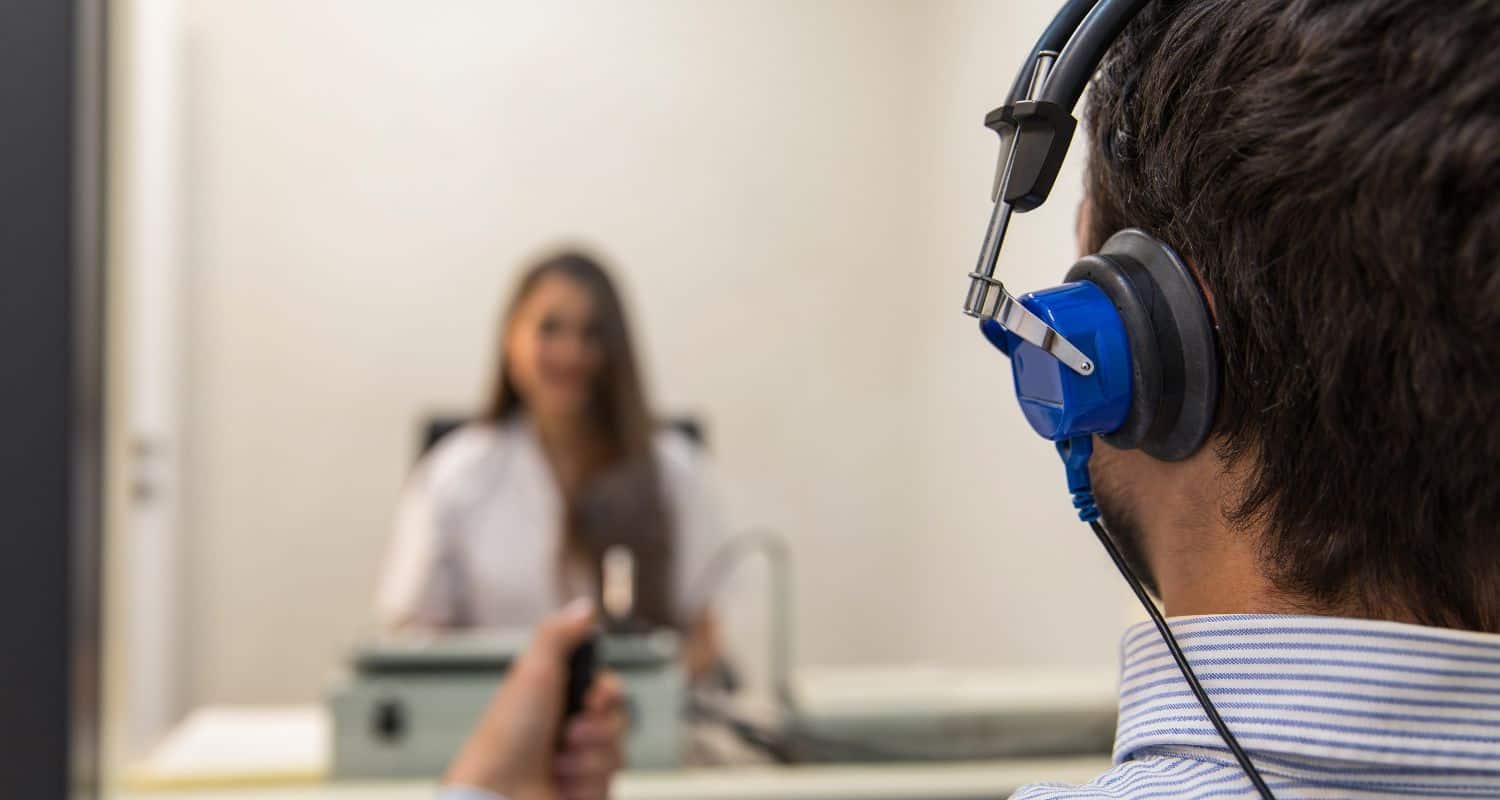
- How to Properly Clean Your Hearing Aids - April 15, 2024
- How to Handle Ear Infections With Hearing Aids - April 5, 2024
- Strategies for Working Professionals with Hearing Loss - March 27, 2024
Many put off testing their hearing for seven to ten years on average, due to social stigmas and denial. However, a hearing exam is the first step towards seeking treatment and better communication throughout our life. Those who address their hearing are more likely to have stronger relationships throughout their life, have improved success in the workplace, a lower risk of cognitive decline and a lowered risk of falls and accidents.
Addressing hearing loss is a quality-of-life issue – however hearing exams can be difficult to understand. At your last hearing exam, were you confused by your results? If you are trying to understand the results of your last exam or want to be prepared for an upcoming test so you can fully understand, we are here to help. Here are the basics of understanding the results of your next hearing exam.
What is an Audiogram?
Once you’ve completed a hearing test your results will be recorded on an audiogram—a graph which measures your hearing ability and the degree of your hearing loss. It shows what pitches and tones you can hear as well as the threshold of your hearing ability recorded in decibels (dBA). Decibels measure the volume or loudness of sound and your listening threshold measures the quietest sounds you can hear.
The results of the hearing test are an indication for the degrees of hearing loss:
- Normal hearing: -10 to 20 dB
- Mild hearing loss: 20 to 40 dB higher than normal
- Moderate hearing loss: 40 to 70 dB higher than normal
- Severe hearing loss: 70 to 90 dB higher than normal
- Profound loss: 90 dB or more
The Hearing Test: Pure Tone Audiometry
There are several tests conducted to understand the full range of your hearing. The hearing assessment uses a battery of tests to ascertain your hearing abilities. A pure tone audiometry is the most common exam and test your ability to hear decibels, tones and pitches. You will be played sounds through headphones in a soundproof room. You will be asked to report on what sounds you can hear to obtain the results of your audiogram.
Interpreting Audiogram Results
Normal hearing – normal hearing is diagnosed when you have a listening threshold between 0 dBA -20 dBA and all speech sounds and pitches recorded in hertz (Hz) audible.
Conductive hearing loss – A test called air conduction is used to determine a conductive hearing loss. A conductive hearing loss indicates that there is a blockage in the inner ear. This can be due to a wide range of issues, ranging from a buildup of earwax, fluid buildup, due to an ear infection, a foreign object, abnormal bone growths in the ear canal or a tumor. In most instances a conductive hearing loss can be reversed once the obstruction is removed or subdued.
Sensorineural hearing loss – this makes up about 90 percent of all hearing loss and can be caused by a wide range of causes including exposure to loud noise, changes in the inner ear as we age, impact to the head, exposure to ototoxic chemicals via medication or air pollution or comorbidities such as diabetes, and cardiovascular disease which affect blood flow to the inner ear. While sounds are collected by the ear, they must reach the brain for the process to be successful. The ears achieve delivery via tiny hair-like cells called stereocilia. At this point in time, there is no way to correct damage to the stereocilia, meaning that sensorineural hearing loss is irreversible. However, a commitment to hearing aids can help treat the issue and improve your everyday quality of life.
Mixed hearing loss – Sometimes your hearing exam will indicate a mixture of both sensorineural hearing loss and conductive. In these instances, a combination of treatment is recommended.
Asymmetrical Hearing
It’s rather uncommon for hearing loss to be equal in both ears. We hear with both ears to help us locate sounds. When sounds come from the left, our left ear picks it up first and informs us of the direction and the same is true for the right. Your hearing exam will also help us determine the degree of hearing ability in both ears and help us to program hearing aids or cochlear implants to the right degree.
To find out how we can help you, contact us today. We can schedule a hearing exam and get you on a path to better hearing!.
For more information about diagnostic hearing tests, pure tone testing and hearing aids, or to make an appointment with a local Attune Hearing clinic, book online or give us a call!
